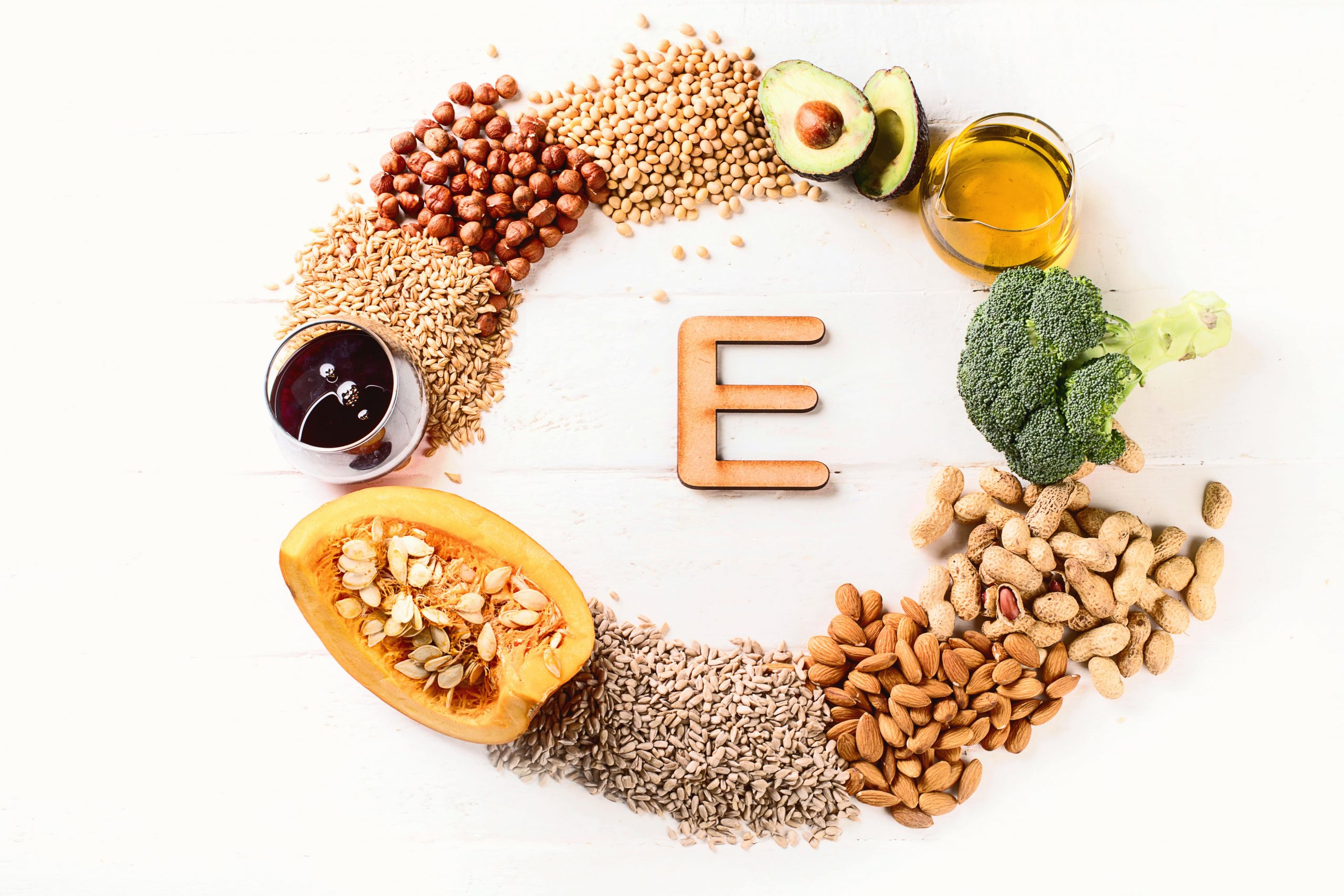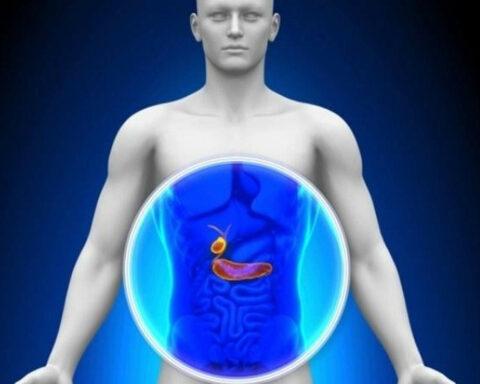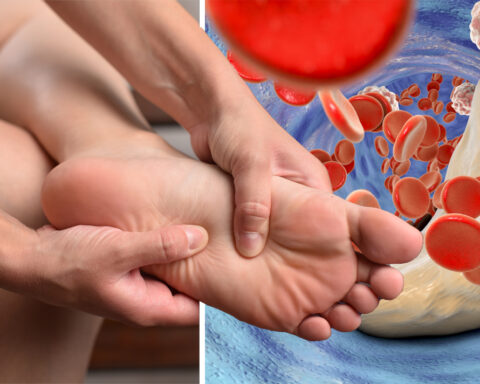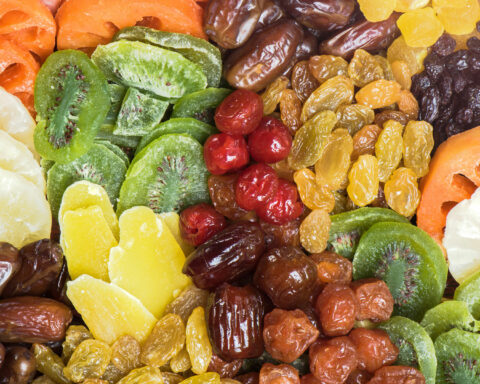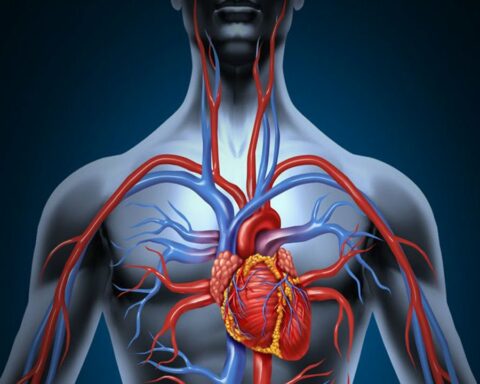Vitamin E is an essential nutrient that is required in the body to perform different functions. And for ultimate well-being, one needs to use meals rich in vitamin E. Vitamin E acts as an antioxidant in the body. This function prevents the formation of disease-causing radicals. It exists naturally on some foods and in supplements and also in different chemical forms. Vitamin E is usually stored in the liver, and it is absorbed in the body through the same process of absorbing fats because it is a soluble fat. There are rare cases of vitamin E deficiency since it is found in so many foods.
However, it would be best if you were sure to hit the daily requirement of vitamin E in your body. Some people may develop a problem with absorbing these vitamins into the body, and relying on a consistent source of vitamin E is recommended. There are so many foods that are rich in this nutrient. An adult requires a minimum of 20 mg of vitamin E daily. Pregnant and lactating mothers require a slight increase of this vitamin to 25 mg daily. That said, let’s highlight the various foods that are rich in vitamin E.
Vitamin E – Rich Foods
Avocados
Avocados are fruits rich in different nutrients such as vitamins, potassium, antioxidants, and healthy fats. It has a high content of vitamin E. 200 grams of avocado contain 5mg of vitamin E. This is 25% of the daily required vitamin E in the body.
Mango.
Mangoes are fruits that relatively grow in many parts of the world. They are sweet seasonal fruits that have various nutritional benefits. Two hundred grams of ripe mango contains 2 mg of vitamin E. They have other nutrients such as magnesium, potassium, and fiber. However, it is not a friendly fruit to diabetic patients due to its high sugars.
Blackberries.
Berries are healthy and nutritious. They are rich in antioxidants, minerals, and vitamins. Two hundred grams of blackberry can provide you with 2.4mg of vitamin E.
Spinach.
Spinach is rich in vitamin E, C, fiber, and potassium. Two hundred grams of spinach contains 4. 06 mg of vitamin E. However, overcooking may interfere with these vitamins. Ensure light cooking of spinach under moderate heat to maintain all the nutrients.
Red pepper.
Two hundred grams serving of pepper contains 3.3 mg of vitamin E. This is 19% of the daily require vitamin E in adults. This vegetable is also rich in antioxidants and vitamin c.
Broccoli.
Broccoli is a healthy vegetable in the cabbage family. It can be eaten raw or cooked. This vegetable is rich in different nutrients such as calcium, vitamin k, zinc, and phosphorous. It is rich in vitamin E, too. 200grams of broccoli provides you with 3 grams of vitamin E, representing 10% of the daily required vitamin E in the body.
Asparagus.
Two hundred grams of cooked asparagus will provide you with 10% of your daily required vitamin E OF 3 mg. Overcooking these vegetables may cause a loss of nutrients. Asparagus is rich in fiber, magnesium, and potassium nutrients too.
Peanuts.
Peanuts are nutrients such as vitamin E, proteins, potassium, healthy fats, and fiber. 200 grams of dry peanuts contains 9.2 mg of vitamin E, roughly 50% of the daily required vitamin e in adults.
Sunflower seeds.
These seeds are rich in vitamin E. 200 grams of dried sunflower seeds contains 70 mg of vitamin E. Sunflower has other additional nutrients such as magnesium, proteins, and healthy fats.
Almonds.
Almonds are nuts high in vitamin E. 200 grams of almond seeds can provide 52 mg of vitamin c, which is more than the daily required vitamin E in the body. Oher additional nutrients are magnesium and potassium.
Brazil nuts.
These nuts are native to Brazil forests. They can be eaten raw. A serving of 200 grams of Brazil nut can provide 11.4 mg of vitamin E. This is 60% of the daily needed vitamins in the body. Brazil nuts also have other nutrients such as zinc, calcium, and magnesium.
Pumpkin seeds.
200 grams serving of dried pumpkin seeds will give you a 30% of your daily required vitamin E. This serving has 4.4 mg of vitamin E. Additional nutrients in these seeds are phosphorous, zinc, manganese, and vitamin k.
Butternut squash
Butternut squash is a healthy vegetable that contains different nutrients such as vitamins E, C, and A. 200 grams of this vegetable contains 2.6 mg of vitamin E.
Swiss chard.
This vegetable is rich in nutrients such as vitamins E and C. It also contains magnesium, iron, fiber, and potassium. A serving of 200 grams will give you 3.8 mg of vitamin E.
Goose meat.
Goose meat is an animal-based source of vitamin E. Vitamin E from animals is easily absorbed in the body than from plant sources. Two hundred grams of goose meat provides 3.4 mg of vitamin E. This is 24% of the daily required vitamin E in adults.
Crayfish.
Seafood is healthy and rich in different nutrients. 200 grams of crayfish can provide you with 3 mg of vitamin E, representing 20% of your vitamin E daily requirement.
Lobster.
Lobster is rich in zinc, phosphorus, magnesium, omega-3 fatty acids, vitamin E, and vitamin B. 200 grams of cooked lobster contains 2 mg of vitamin E, equivalent to 14% of the total required vitamin E in a day.
Snails.
Snails are nutritious. However, most people do not appreciate them due to cultural and regional beliefs. They are rich in proteins, iron, calcium. Minerals and vitamins. 200 grams of cooked snail contains 10 mg of vitamin E. It is equivalent to 66% of the total daily requirement of vitamin E.
The bottom line
Vitamin E is found in so many foods, both plant and protein foods. It is healthy to consume these vitamins from both sources. Additionally, there are food supplements that contain vitamin E. There exist some disorders that affect the absorption of vitamin E. To increase the chances o absorption, you can eat vitamin E from low-fat foods with additional healthy fats. Vitamin E is crucial in improving the immune system. It contains antioxidants that have anti-inflammatory properties. They help in fighting inflammatory diseases such as arthritis and the prevention of the growth of cancer cells.
Credits
We would like to thank the below contributors who have helped us to write this article:
- WHY CAN DRINKING ALCOHOL TRIGGER ANXIETY? - January 7, 2023
- WHAT IS ORGASMIC MEDITATION? BENEFITS + HOW TO - January 7, 2023
- THE BEST WAYS TO PREVENT WEIGHT GAIN THIS WINTER - January 6, 2023

